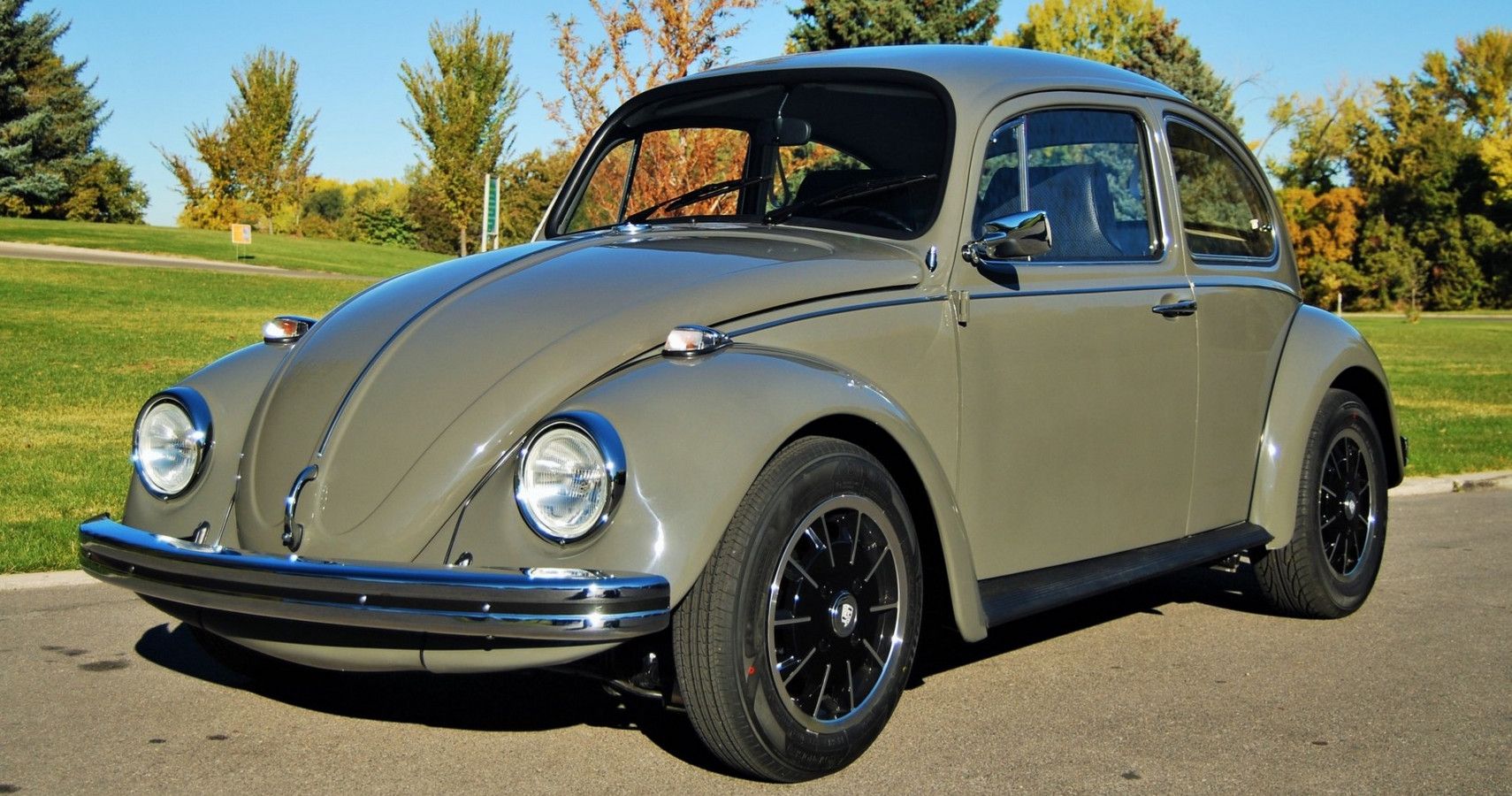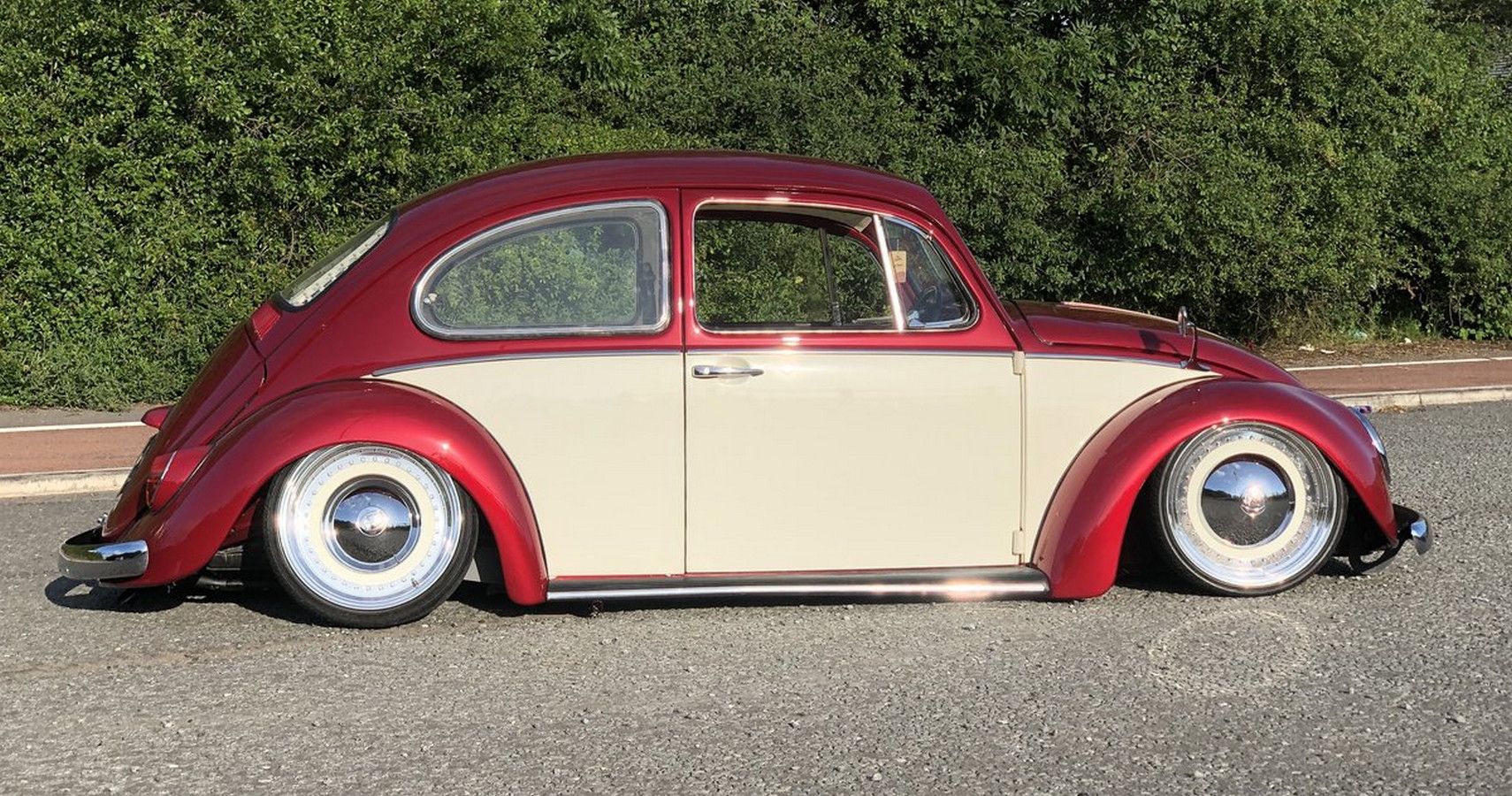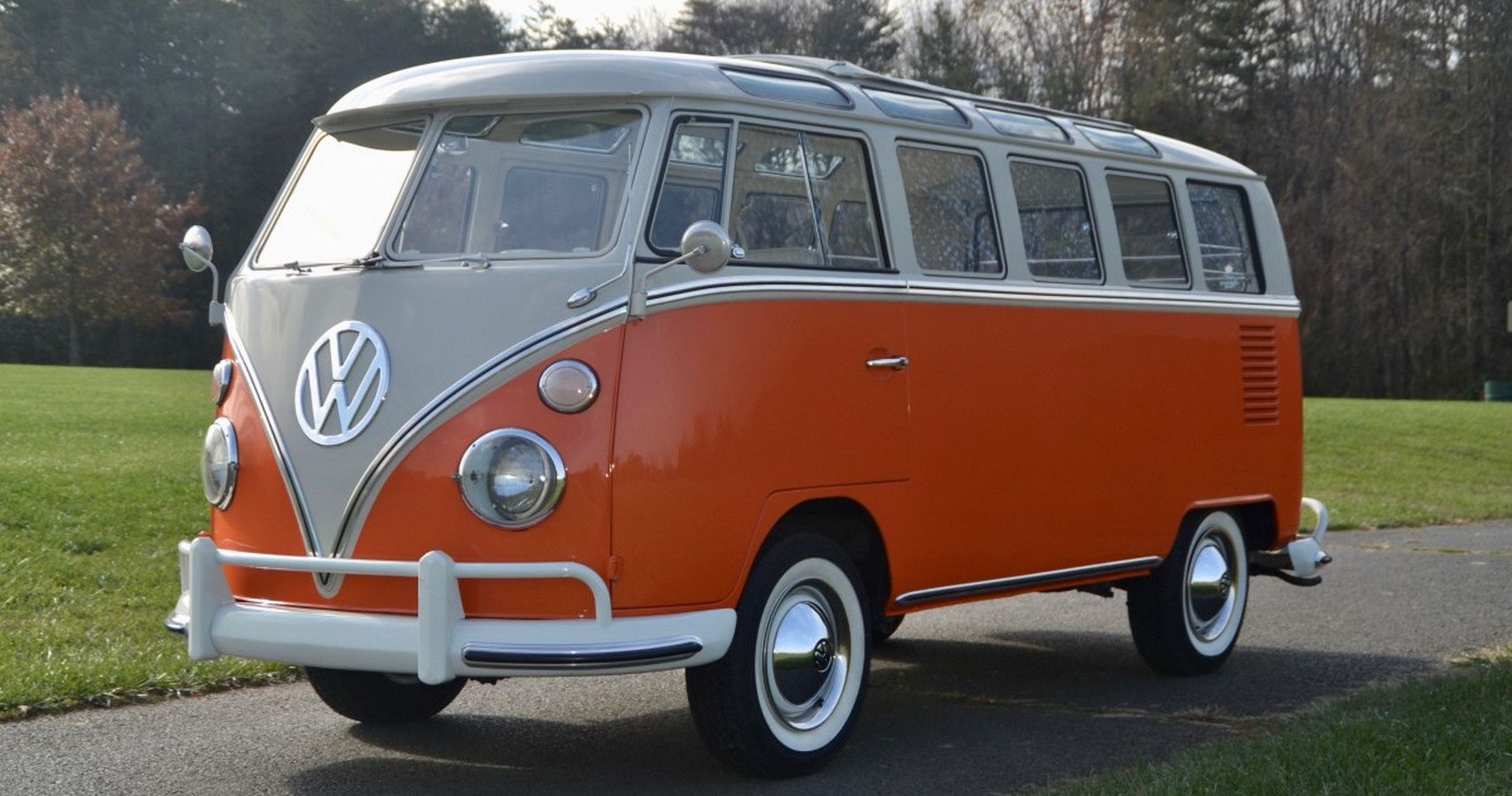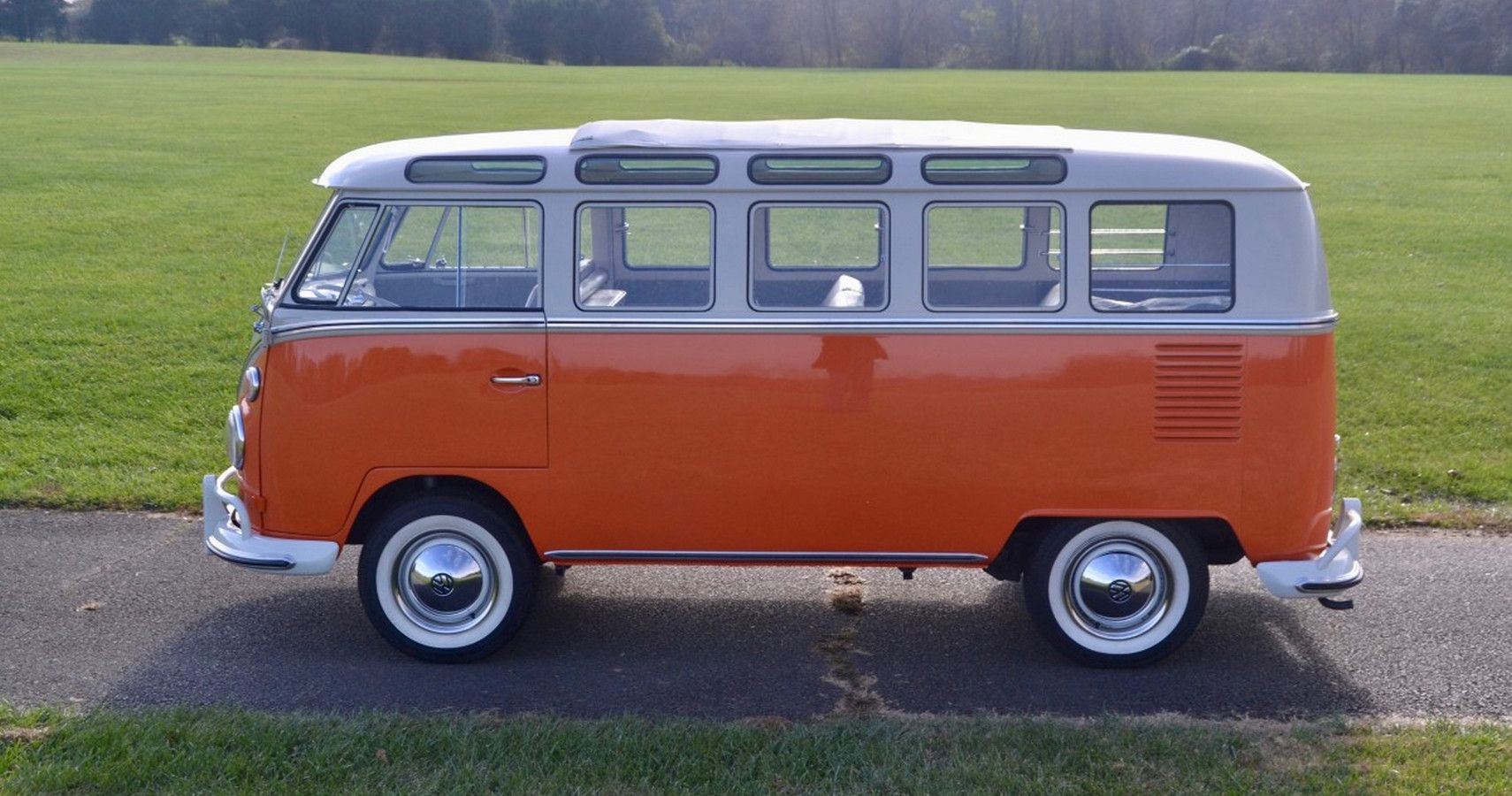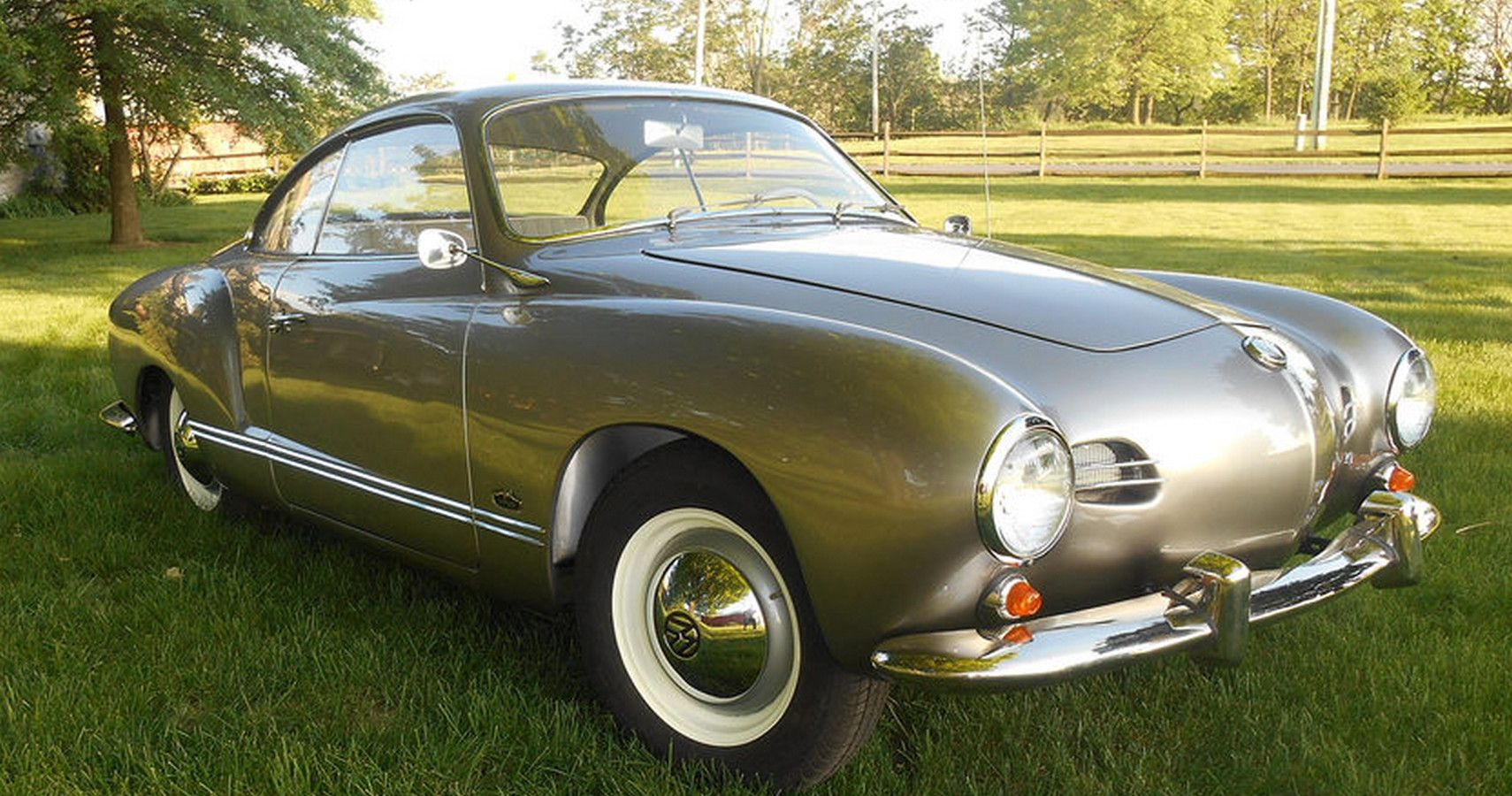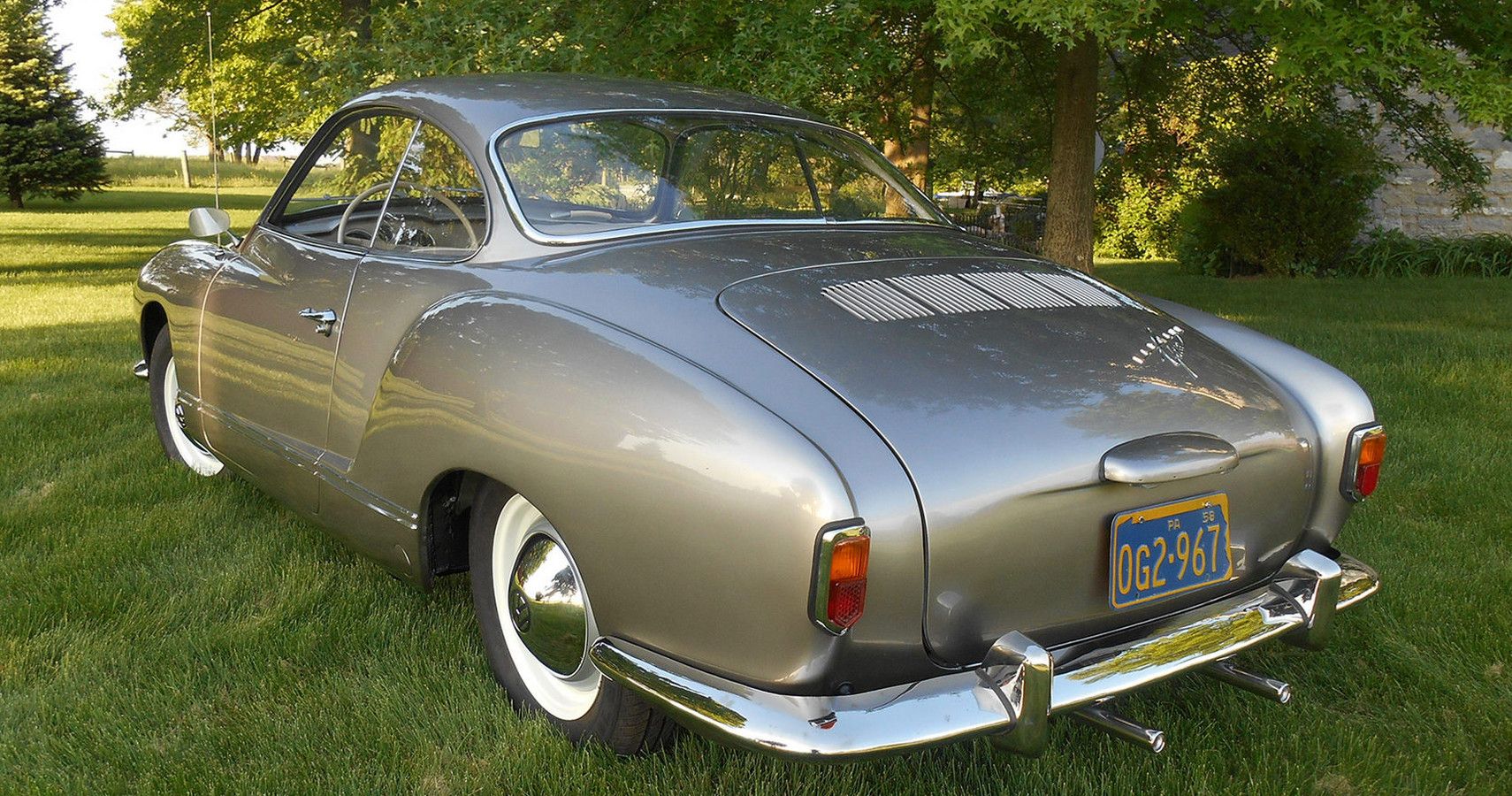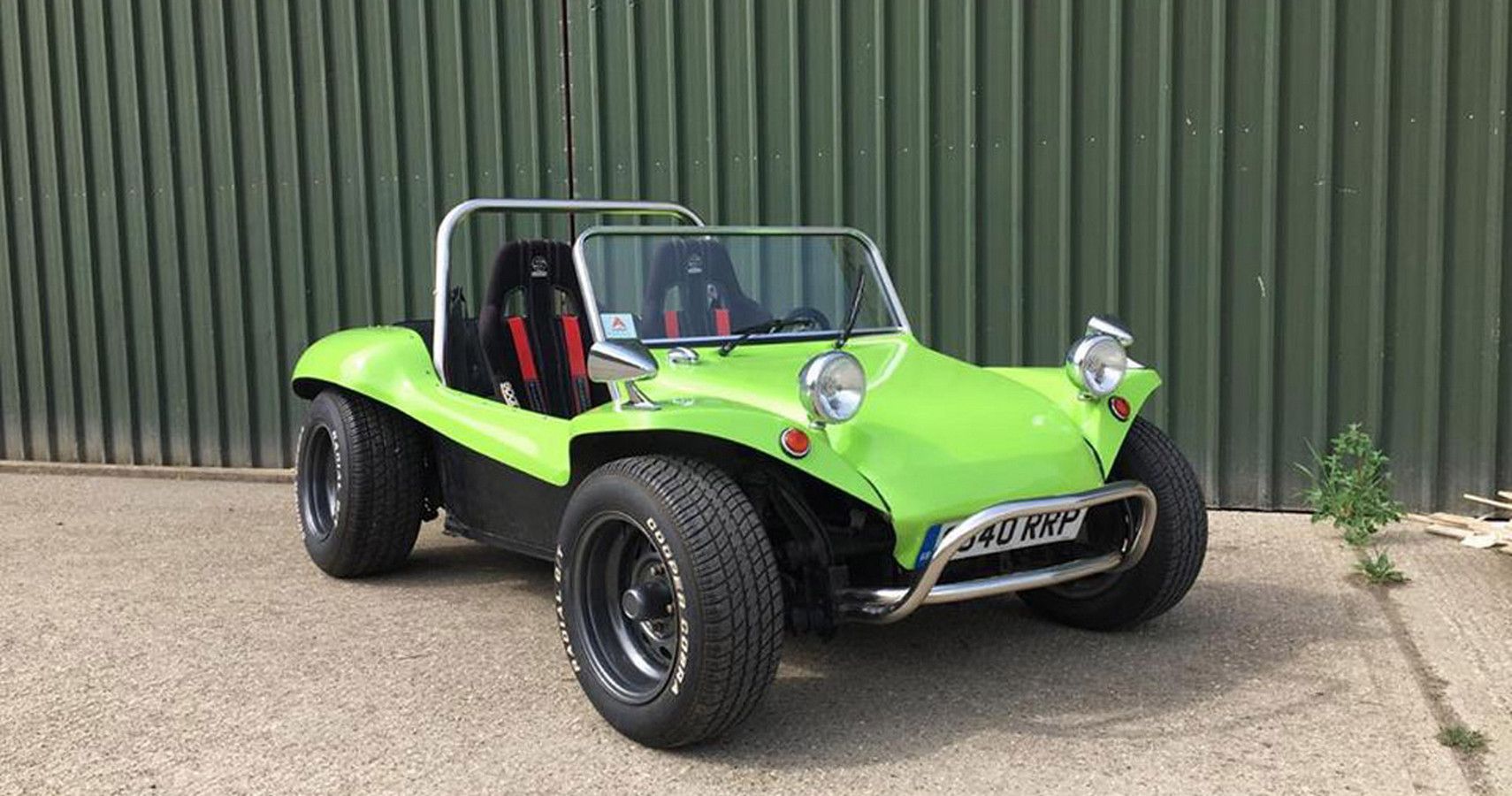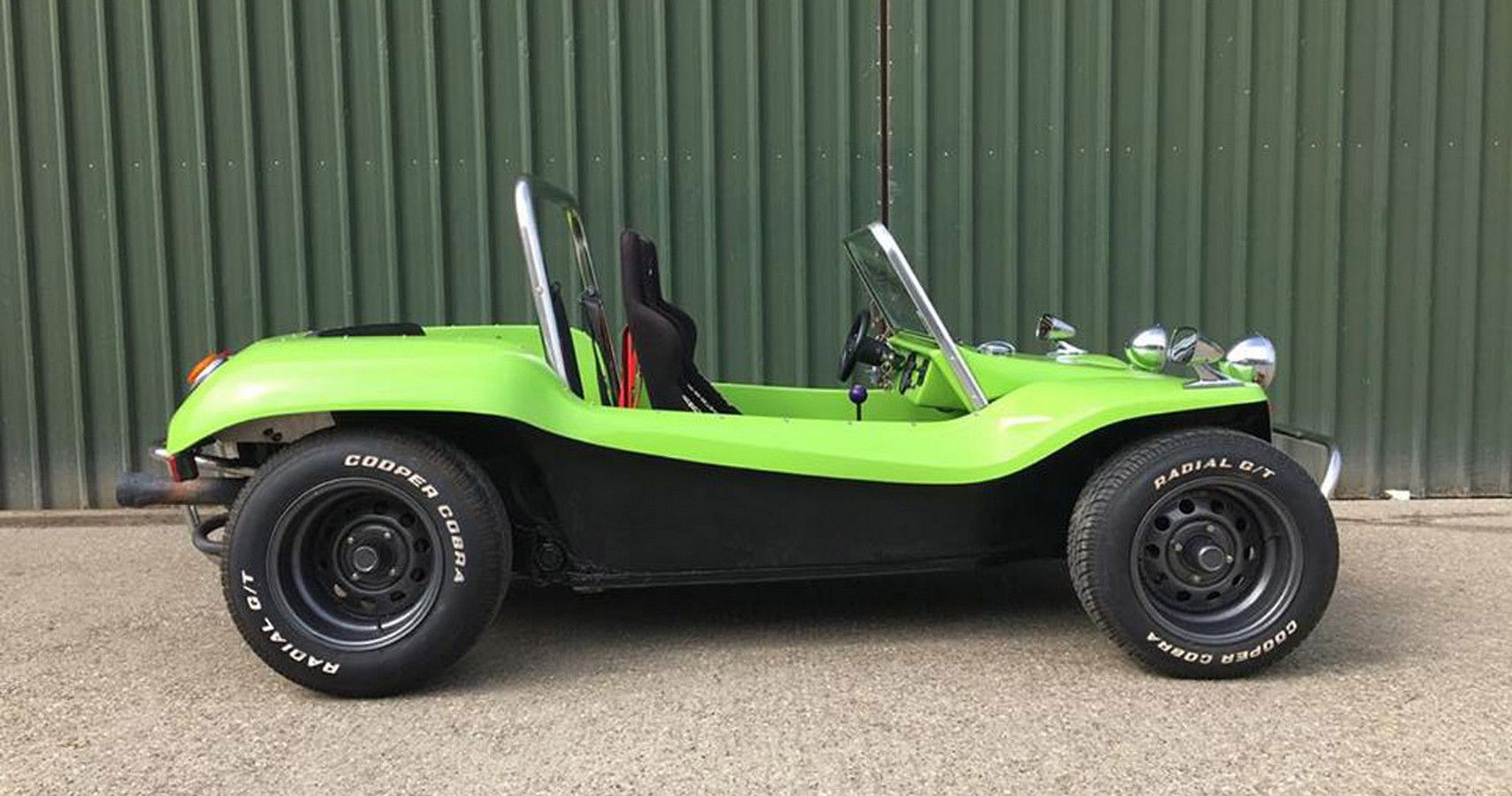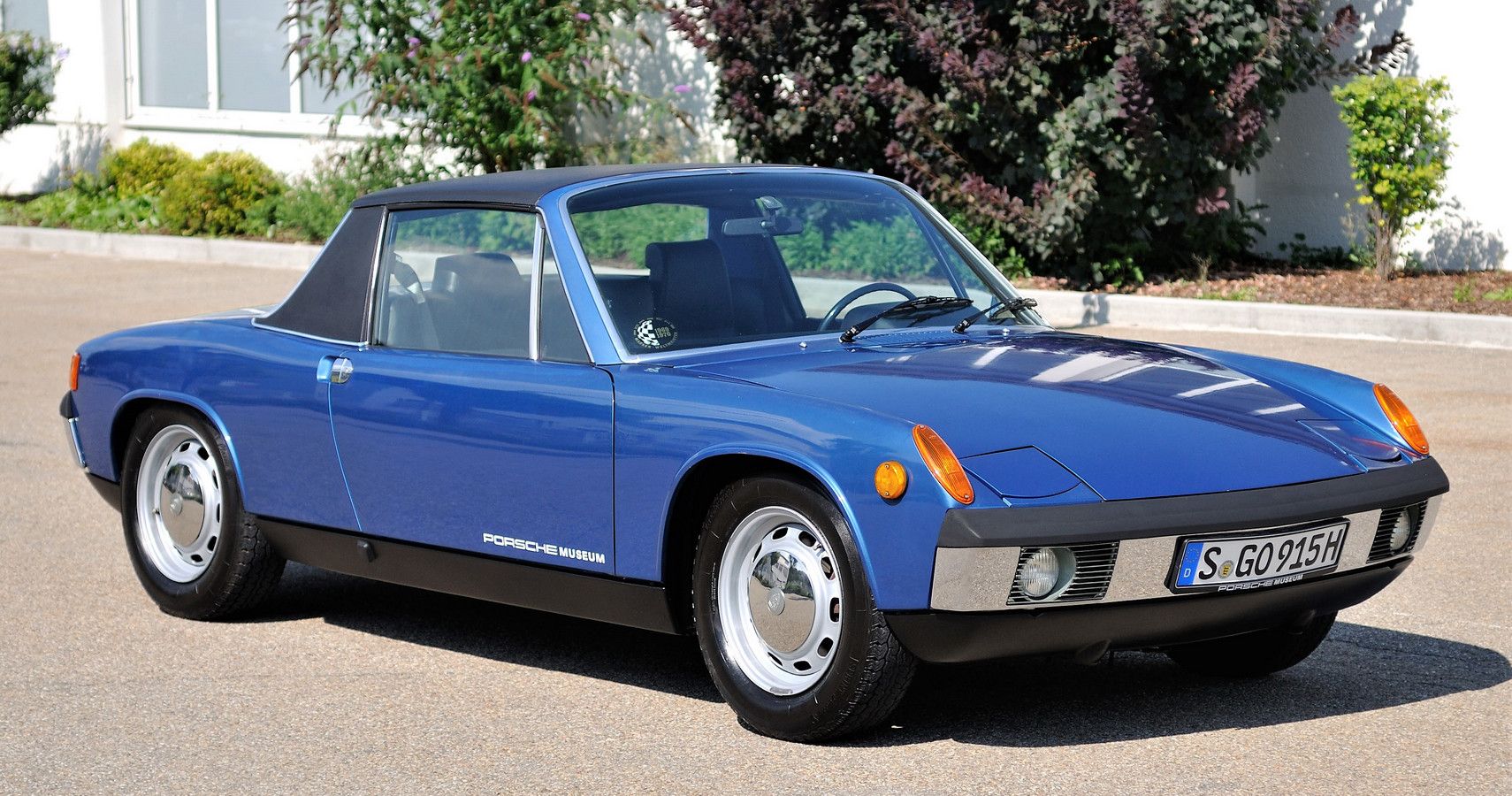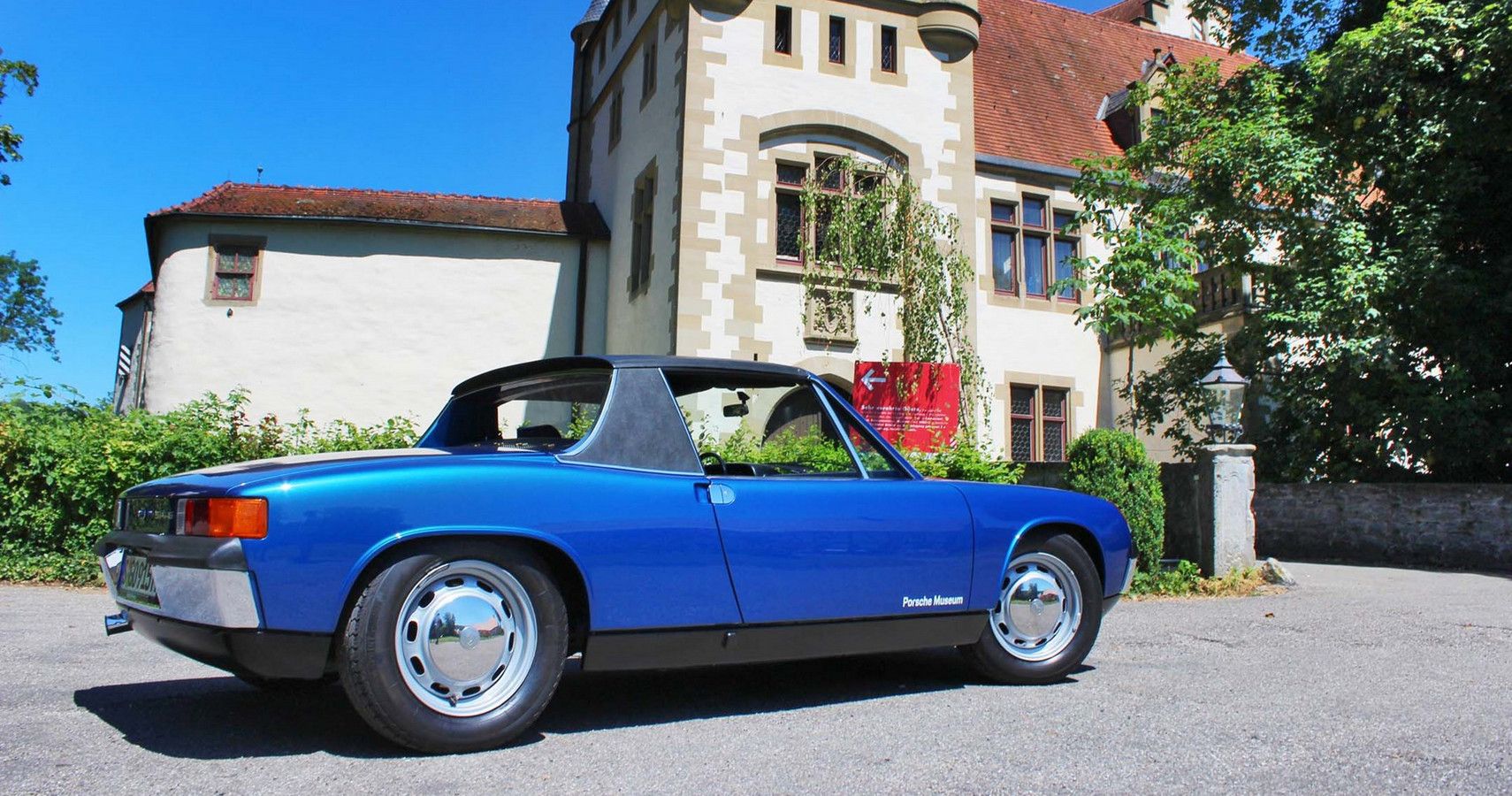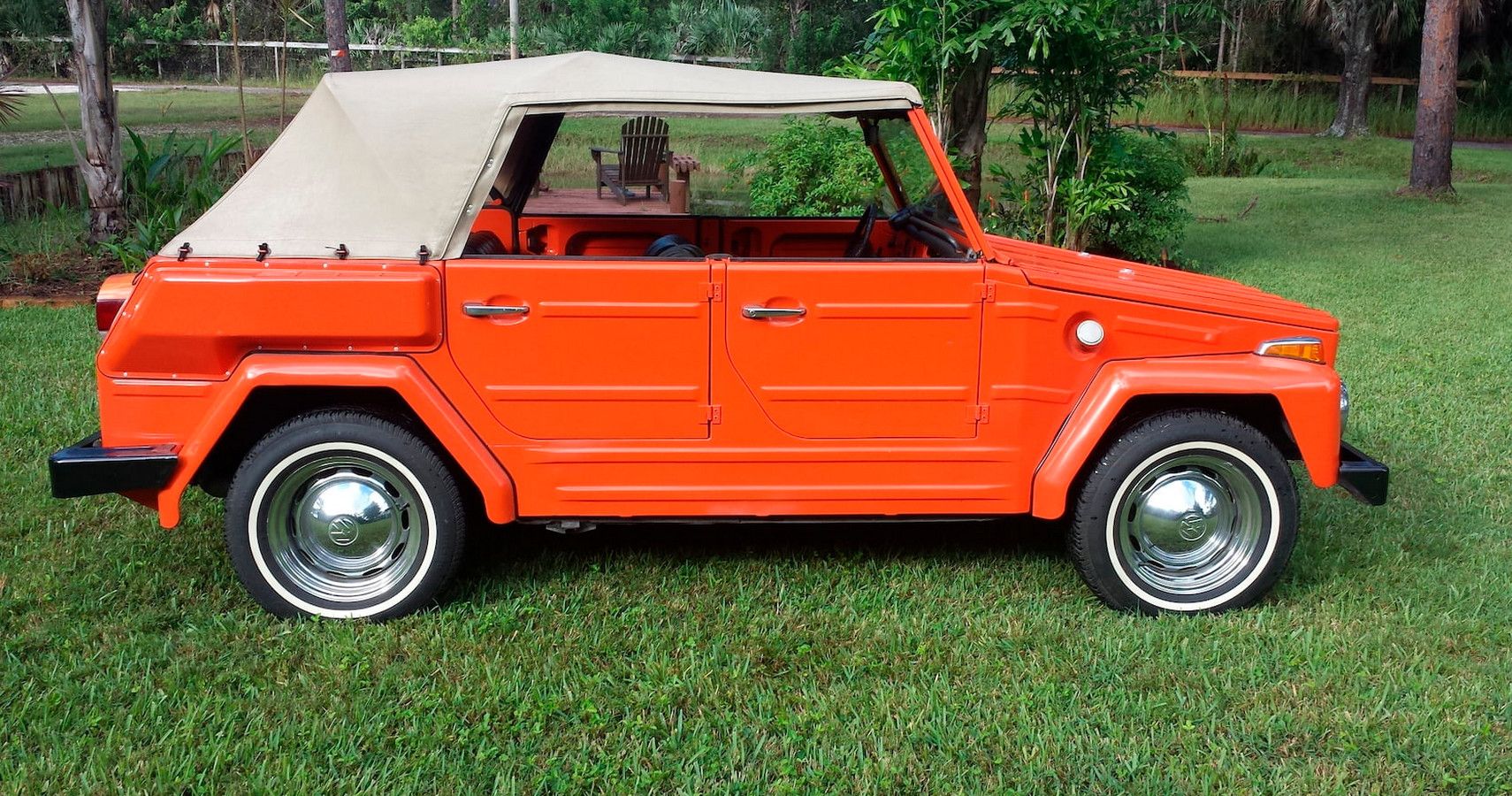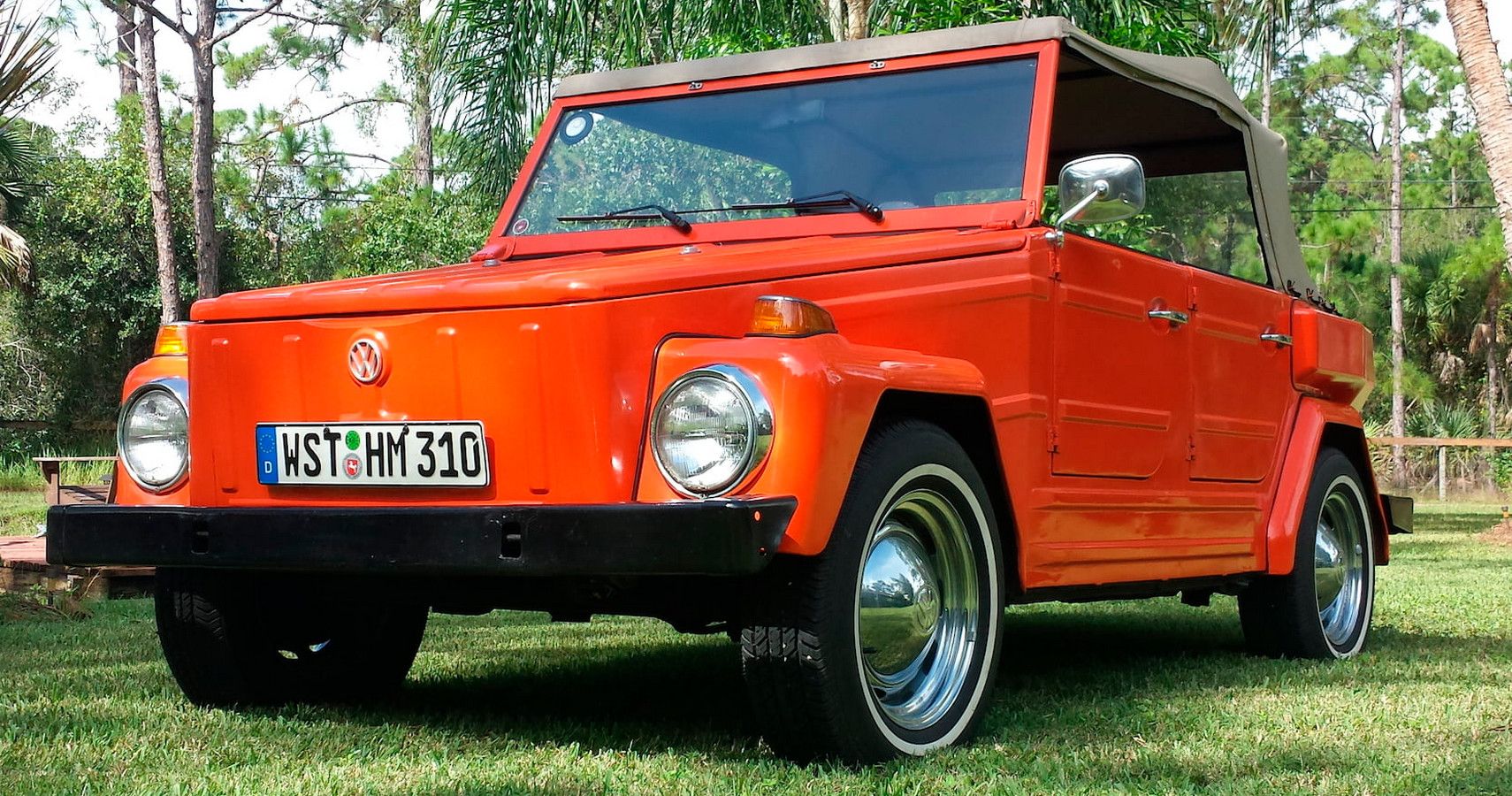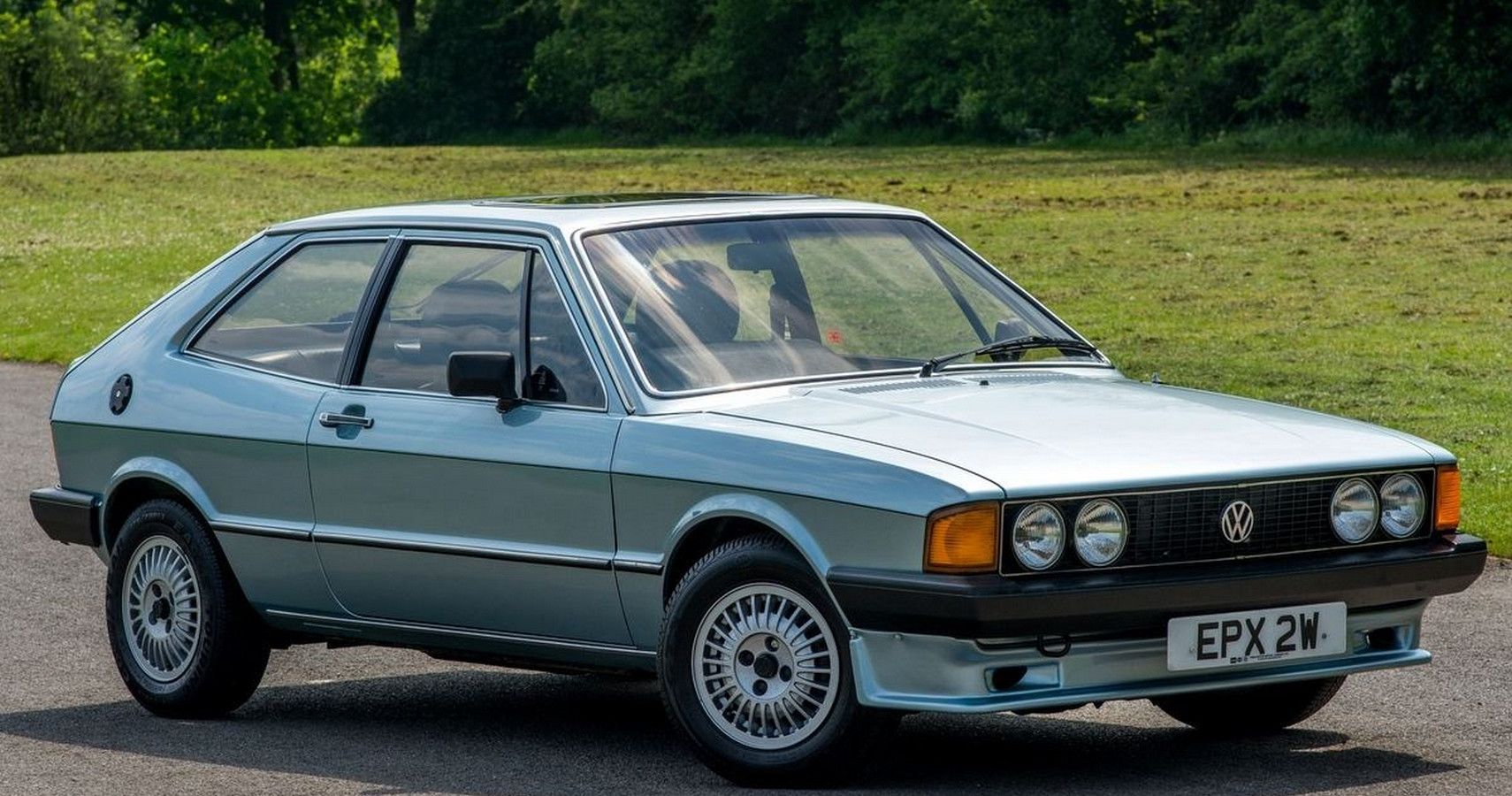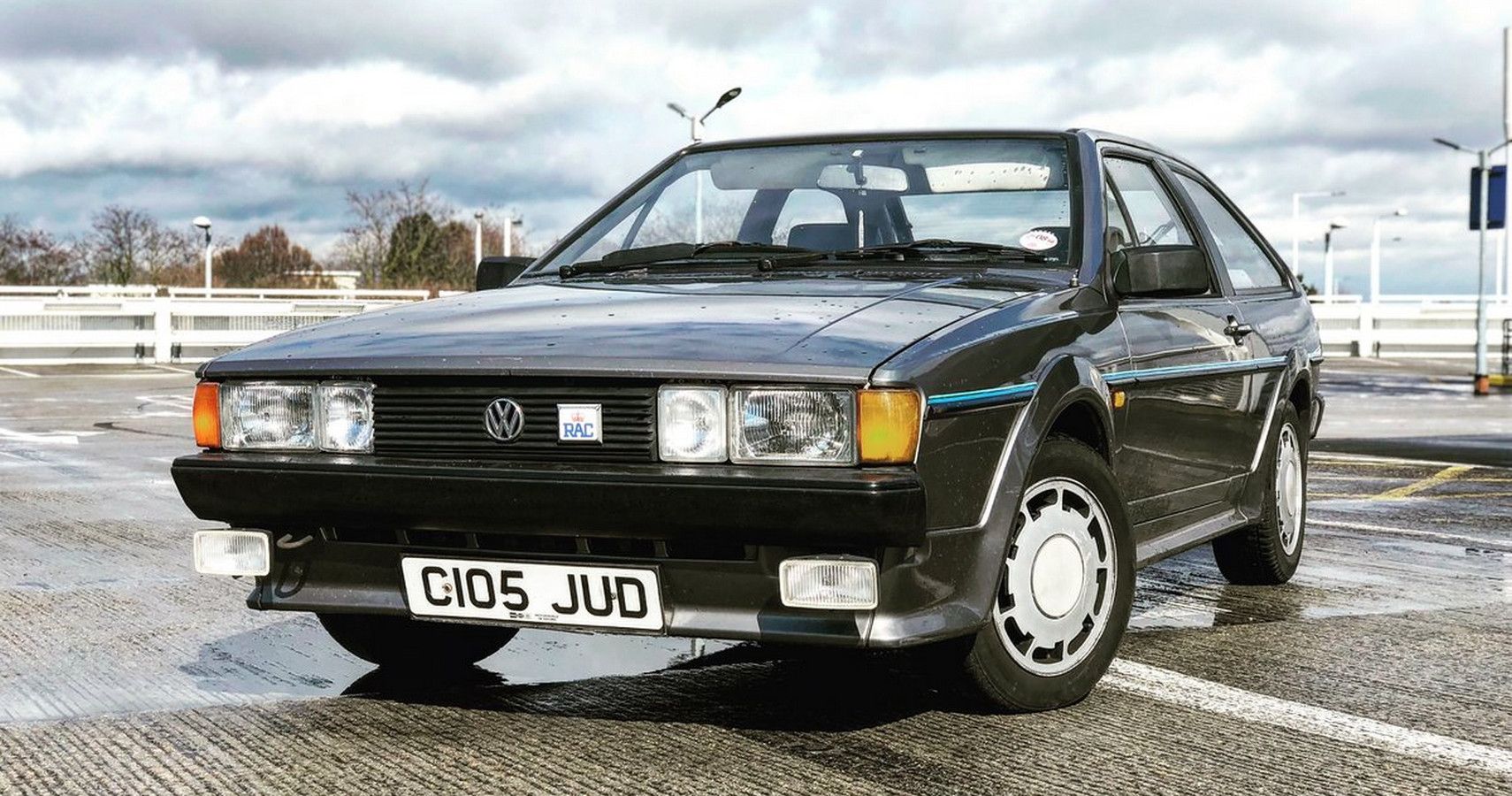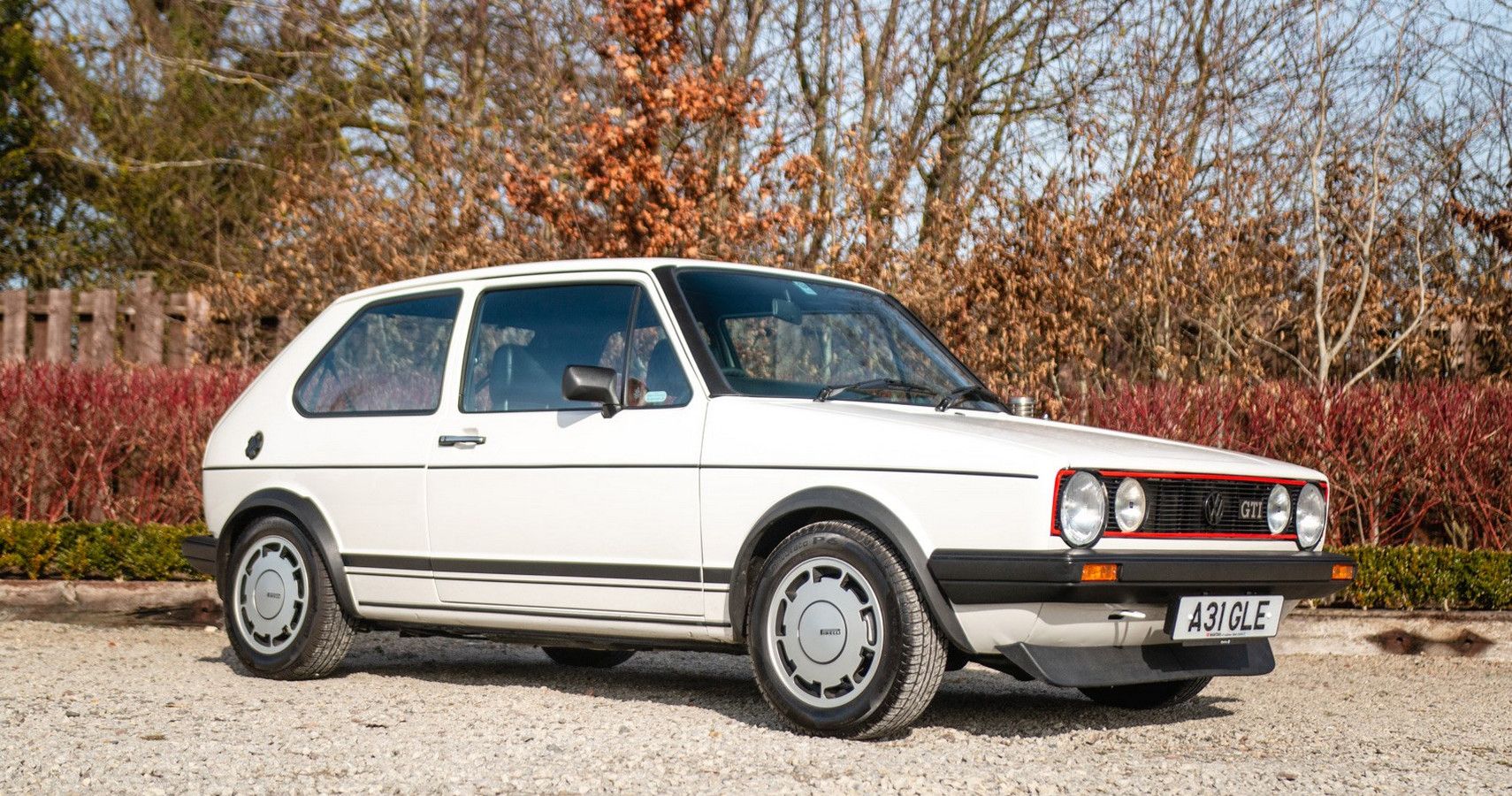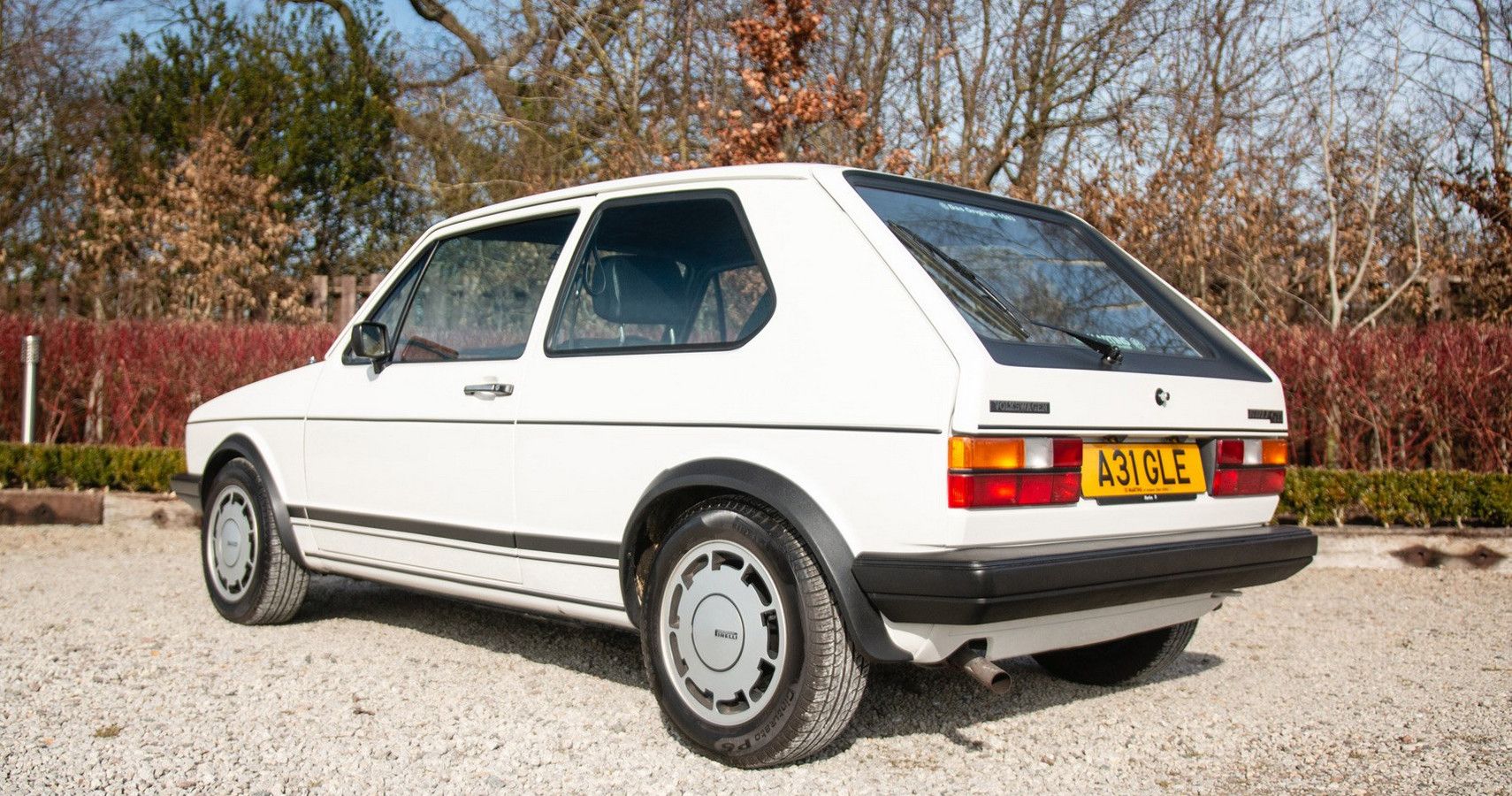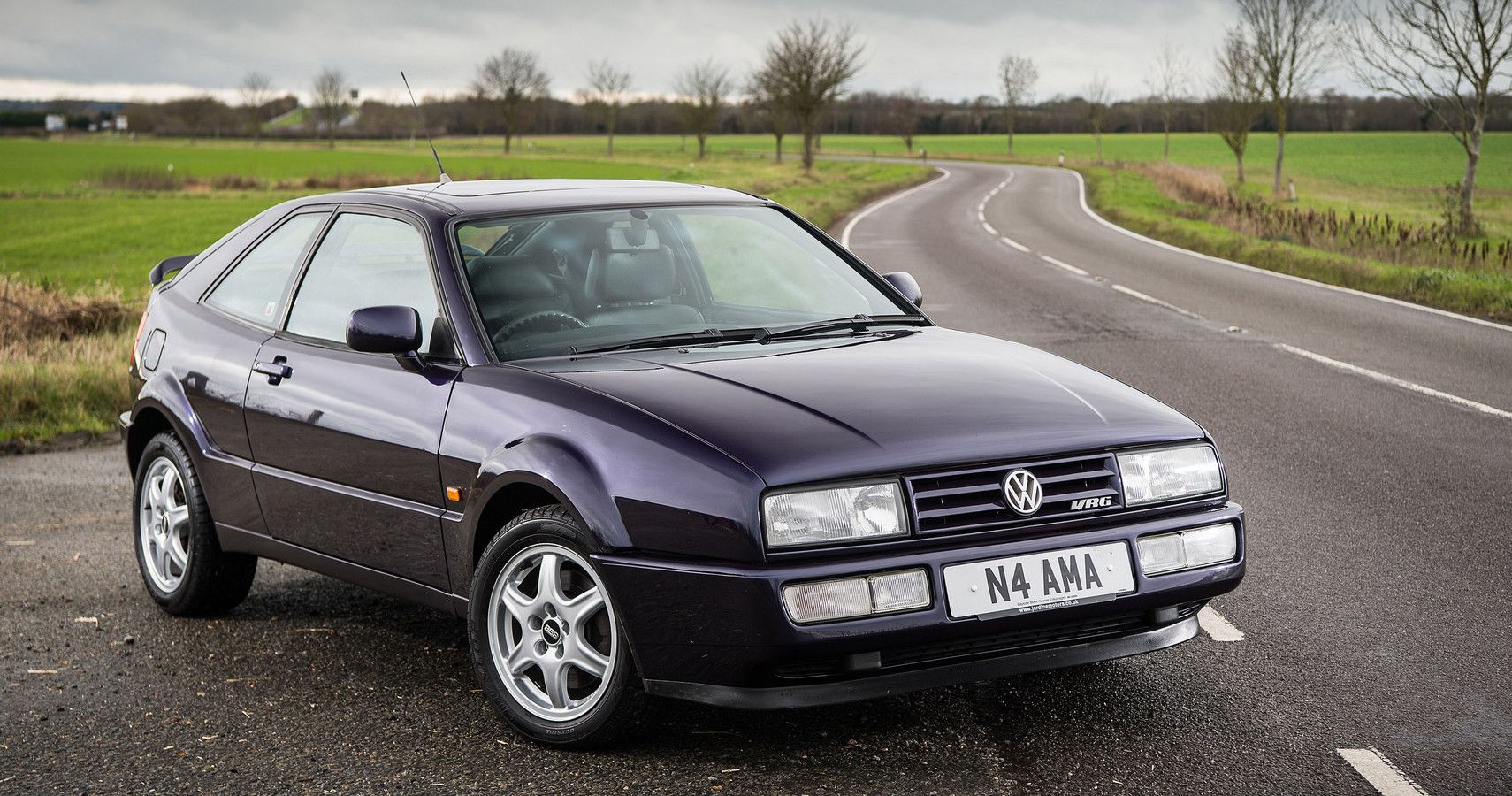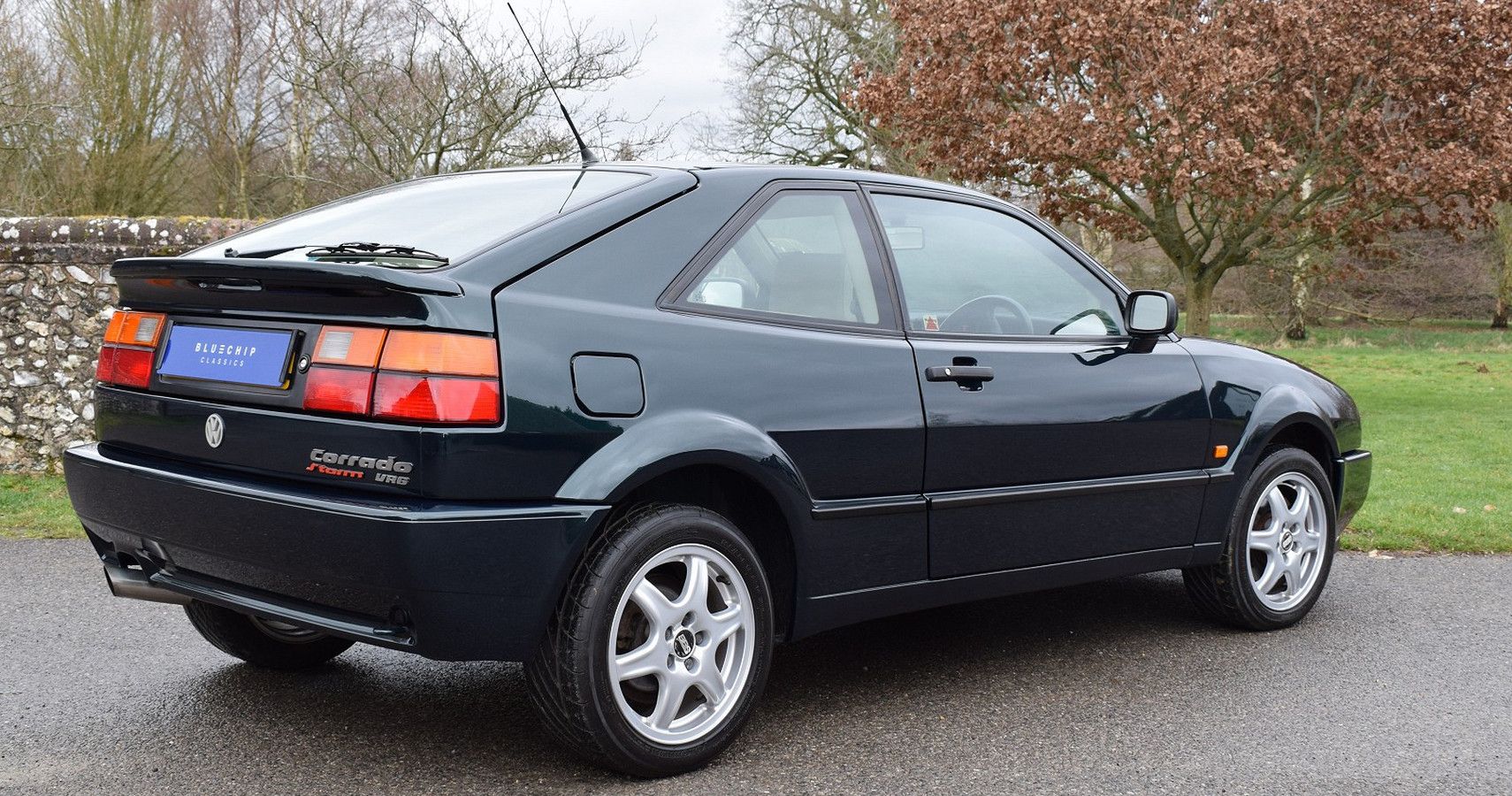It really doesn't matter how good or bad a car design is, if the people get behind the car for reasons other than technical or performance then stick with the adage "if it's not broken don't try to fix it"
A prime example, VW's Beetle stayed in production longer than any other car in history, those that didn't like it claim it is slow, noisy, handles poorly, or even just lacks creature comforts. Carmakers should never underestimate fan power, in 65 years, 21 million examples rolled off production lines around the world.
No longer a single company, Volkswagen owns dozens of prestige brands, and yet the classic car icons remain the models, cult car groups, lust after.
9 Volkswagen Beetle Type 1 - The Original Peoples Car
Designed in the early 1930s, the original Beetle was their first true people's car, though due to hostilities, civilian models would not be mass-produced until the late 1940s under the Type 1 branding. Opting for the rear-mounted air-cooled layout should come as no surprise considering the Beetle is the work of Ferdinand Porsche, who would later use the same basis for the 911. The popularity of the design kept the Beetle in production until 2003 with over 21 million Bugs built.
Bug culture follows one of two beliefs, owners are either purists sticking to the original design and specification, or equally the modders who prefer custom paint and trim levels.
8 VW Bus Type 2 (Split Screen) - Mobilizing The Hippie Movement
Creatively named Type 2 by Volkswagen but more commonly referred to as VW Bus, Type 2's carry over the same air-cooled rear-engine design completed with the iconic raspy exhaust note. Opting for a more conventional ladder-style chassis permitted a greater load capacity while retaining identical dimensions to the company's Type 1 enabling the sharing of mechanical components.
Initially designed as a commercial vehicle, most Type 2's became particularly popular among the 60s hippie movement which they are most associated with. Popularity kept the Type in production until 2013 until safety regulations forced the last factory to close down.
7 Karmann Ghia - VW Takes Beetle Platform Upmarket
Starting with VW's Type 1 chassis and running gear, Italian styling by Ghia and final assembly carried out in Germany by Karmann resulted in the Karmann Ghia. Cashing in on ever-increasing living standards, VW identified a need for a more upmarket model even if the basics of the Ghia remained the same as the existing Beetle.
Despite the sporty silhouette, VW marketed the Ghia as a practical 2+2 seater in a reflection of the somewhat underpowered 60hp Beetle sourced engine. Becoming popular with export customers VW double production shortly after launch with most examples shipping to the US.
6 VW Beach Buggy - Beetle Takes To The Beach
While not officially a VW product the iconic Beach Buggy is most commonly based on the Beetle chassis and running gear. Replacing the Beetle's already light bodywork with a cut down fiber-glass dune buggy style affair served to reduce weight while providing a fun open-air recreation vehicle. A testament to the originals simple robust suspension and easy to maintain air-cooled engine made the perfect donor car for the purpose.
Very few cars utilize the rear-engine layout, with just the original Beetle and Porsche 911 being the only successful types of this kind. Why is the VW Beetle the platform of choice for a beach buggy? Rear-engine design adds weight over the rear axle, improving traction on tricky surfaces.
5 VW Porsche 914 - Volkswagen Or Porsche?
Depending on which engine model and where you purchased your 914 would decide whether it's a VW or Porsche. Mainstream cheaper 4-cylinder 914's would carry the VW badge, while the more expensive 6-cylinder models would be badged Porsche, though concerns would lead to all models sold in the US to carry the Porsche branding.
Cosmetics differences aside, the engines are the only difference with VW opting for the tried and tested air-cooled flat-four, while Porsche would use the more powerful flat-six, neither unit being particularly muscular.
4 VW Thing - Factory Built Soft-Roader
It isn't hard to tell who VW originally designed The Thing for, with the utilitarian almost squared body and panels bearing a strong resemblance to the WW2 Type 82 Kubelwagen. With military use in mind, VW opted for a simpler body with removable doors, roof, and folding windshield built on the exiting Beetles mechanicals.
Despite the higher selling price, The Thing became a popular purchase with its greater ride height making it the closest thing to a factory Beach Buggy the company produced. In total Volkswagen would go on to produce over 140,000 examples worldwide.
3 VW Scirocco/GTI - Move Over Ghia, Giugiaro Coming Through
Needing to replace the aging Ghia model, VW turned to Giugiaro to design its successor, the Scirocco that would launch in 1974. Featuring sharper-edged styling provided a meaner more modern feel that, sadly, VW didn't back-up, with entry-level models woefully underpowered. Arguably the pick of the bunch GTi model arriving in 1976 improved things with 110hp on tap, though the Scirocco's strength was always its handling abilities.
Failing to meet US safety regulations forced VW to change the front lights to the preferred quad headlight arrangement give the Scirocco a sportier presence. Resurrecting the name in 2008 for the third generation models failed to capture the popularity of the original despite improved quality and performance.
2 VW Golf/Rabbit GTi Mk1 - Birth Of The Hot Hatchback
Every decade has a eureka moment, in 1976, VW's Golf GTi was that moment, a small practical hatchback with sporty performance and handling, a format that still exists today. Not especially powerful by modern standards with a fuel-injected 1.6-liter engine delivering 108hp, 60mph would take around 9 seconds.
How the original delivered its performance made it the perfect everyday driver's car, fun predictable handling made its performance accessible and usable.
1 VW Corrado VR6/G60 - Best VW Drivers' Car
Returning to Karmann to design what was essentially an upmarket Golf-based hatchback produced the underrated Corrado, one of, if not the best drivers' car VW ever produced. Arguably, the best model arriving in 1991, the VR6 shipped with larger 2.9-liter V6 engines paired with a manual transmission, it was capable of 60mph in 5.9 seconds.
Performance in such a small car does come with its drawbacks, dedicated owners report ride can be a little on the hard side, and running costs are not cheap.


